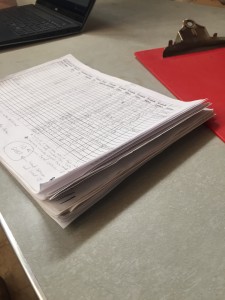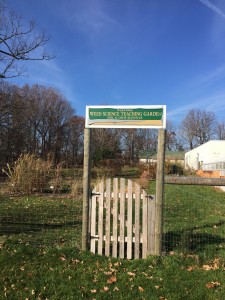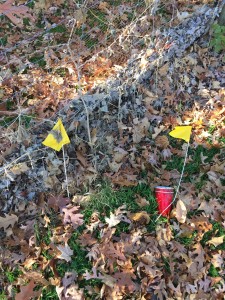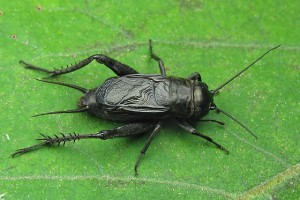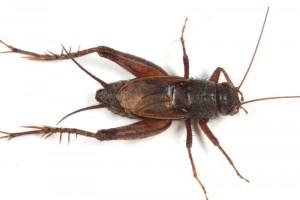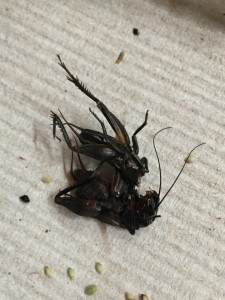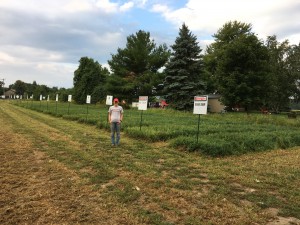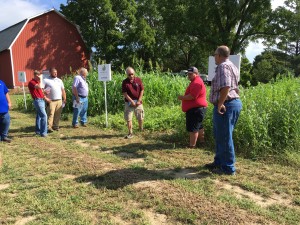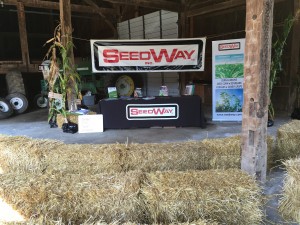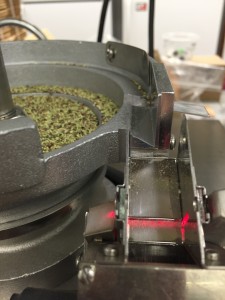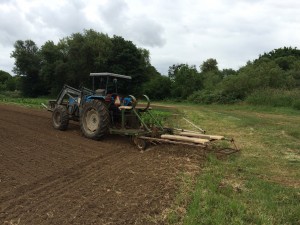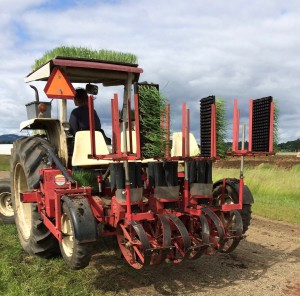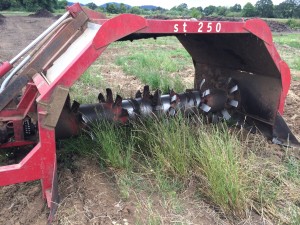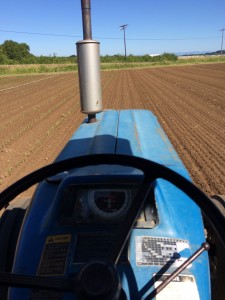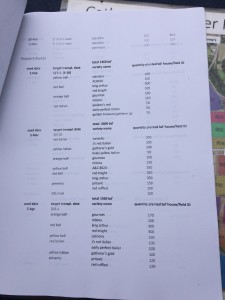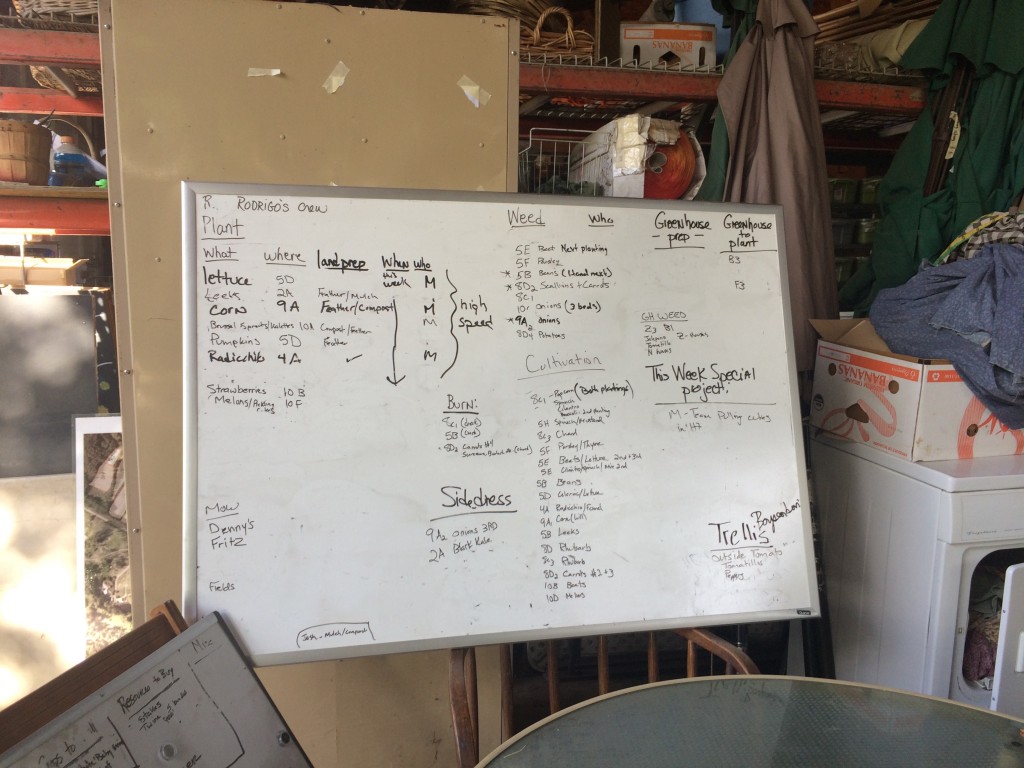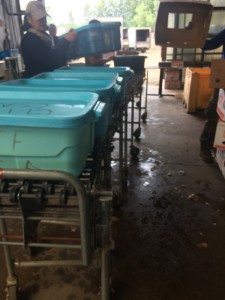I spent this past summer and fall of 2016 working with the Nutrient Management SPEAR team in the Animal Science Department. Over the summer I worked on updating the manual used to prepare for the Certified Crop Advisor exam and this past semester I worked on writing a factsheet for the ‘Agronomy Factsheet’ series, a SPEAR project. All the summer interns worked on an individual topic this semester and we developed our topics from rough, three-page outlines to two-page, condensed, easy-to-read format over the 12 weeks of the semester. My factsheet was about using cover crops and I focused on establishment and termination methods for field crop operations. Sarah, Lindsay and Chutao wrote about soil aggregates, forage quality testing and sorghum, respectively.
At the start of the semester, we wrote outlines with what we thought were the main points of our factsheet. These outlines were the backbone for the rest of the semester and were probably the most challenging part of the process for me. There is so much information about cover crops everywhere and isolating the most important pieces, then organizing them in a way that took season timing (planting/harvesting), cost and equipment into consideration- was a feat. Sarah, Lindsay, Chutau, Quirine our fearless leader and I met once a week throughout the semester and in the beginning we helped each other organize the outlines. Once we had polished outlines, we each sent them to our own external review teams. These were experts who Quirine identified and reached out to over the summer to ask if they would be involved in the reviewing process. My review team was Joe Lawrence, Janice Degni, Thomas Bjorkman, and Mike Stanyard who regularly work with farmers in the northeast and have intimate insights to their operations that google does not. Karl Czymmek, senior extension associate on the SPEAR team, worked with all the factsheets and posed thought-provoking and critical questions to challenge our positions.
With feedback from the experts, our factsheets moved into the next stage of first drafts. We incorporated our reviewers’ feedback which, for some of us, meant a total upheaval of our content. I had a few sections to rearrange and some points that needed attention but getting my questions answered about tricky timing, and climate considerations was so helpful. Its so difficult to get the whole picture just from reading research papers, extension articles and cover crop guides online. We formatted our factsheets using the standard page layout and font size of the other factsheets in the series and we brainstomed ideas for images to include. This was also the stage where we worked to get our content to fit into the two-page format, which involved some serious craft. Quirine has the magical powers of creating space from thin air and showed us some of the tricks. As we moved through our first drafts into our almost-finished-drafts, we reached out to our review teams again for feedback. This second round of feedback was more mellow, with some questions and comments but content was accepted. It was great to see my factsheet go through the wringer and really learn about the intricacies of cover cropping methods.
I would like to thank the factsheet team- Sarah, Lindsay, and Chutao for a fantastic semester together. It was challenging, it was fun, and you guys are awesome. Also HUGE thank you to my review team- Joe, Janice, Thomas, Mike and Karl. The internet can only take education so far. And finally, Quirine, for holding down the fort and facilitating an intense and incredibly productive team!
See the factsheet I wrote here: http://nmsp.cals.cornell.edu/publications/factsheets/factsheet93.pdf
 COVER CROPS ARE AWESOME!
COVER CROPS ARE AWESOME!
Photo credit: FarmFutures.com


